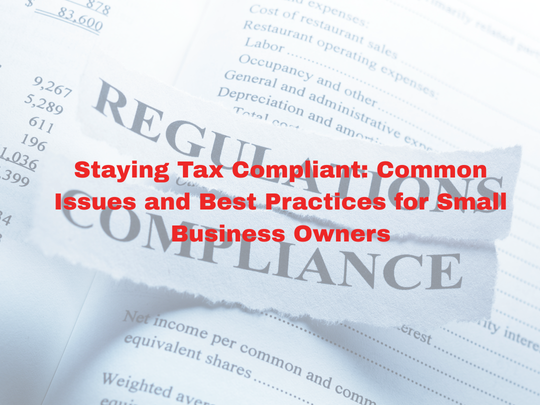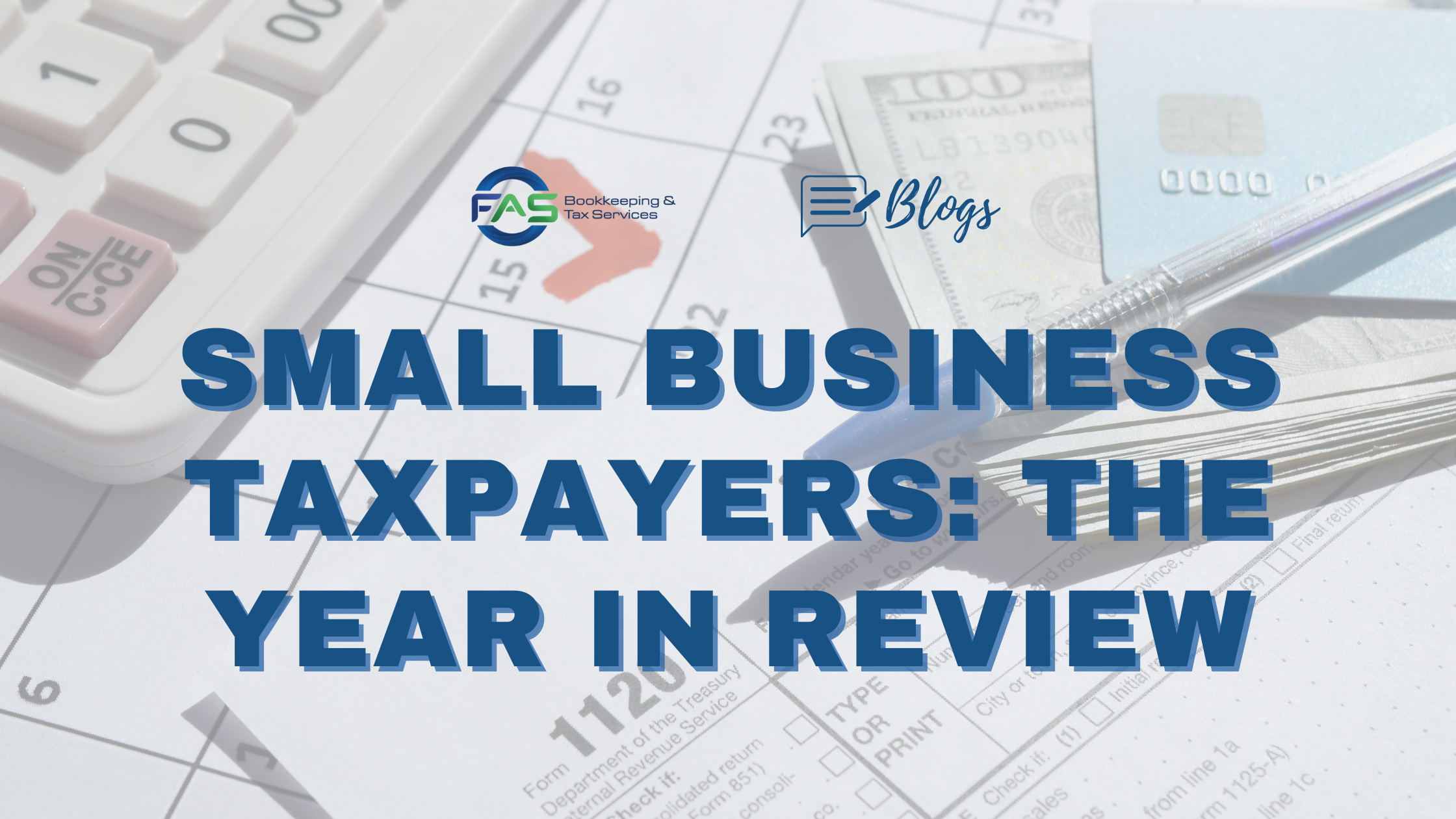Small Business Taxpayers: The Year in Review
Here’s what small business taxpayers need to know about tax provisions for 2022:
Standard Mileage Rates
Due to inflation, there were two standard mileage rates in 2022: 62.5 cents per business mile driven (July 1-December 31, 2022) and 58.5 per business mile driven (January 1-June 30, 2022).
Health Care Tax Credit for Small Businesses
Small business owners who pay at least half of their employees’ single health insurance premiums may be eligible for the Small Business Health Care Tax Credit, as long as they don’t have more than 25 full-time employees and their average annual wages don’t top $50,000. This amount is changed every year to account for inflation. For example, for tax returns in 2021, it was $56,000.
In 2022, the tax credit can be worth up to 50% of what you pay toward your employees’ premiums.
Section 179 Expensing and Depreciation
For 2022, the Section 179 expense deduction went up to a maximum of $1.08 million for the first $2.70 million qualifying equipment put into service during the current tax year. For tax years after 2018, the deduction is tied to inflation and expanded to include improvements to qualified non-residential real property, such as roofs, fire protection, alarm systems, security systems, and heating, ventilation, and air conditioning systems.
Businesses can immediately deduct the full cost of eligible property put into use between September 27, 2017, and January 1, 2023. After that, the deduction will go down over four years: 80% in 2023, 60% in 2024, 40% in 2025, and 20% in 2026. Standard depreciation for a business is 26 cents per mile.
Work Opportunity Tax Credit (WOTC)
The Work Opportunity Tax Credit has been extended through 2025 (The Consolidated Appropriations Act, 2021). Employers who hire people who have been out of work for a long time can use it. It is usually equal to 40% of the first $6,000 a new employee earns.
SIMPLE IRA Plan Contributions
In 2022, people under 50 could put up to $14,000 into a SIMPLE IRA, and people 50 or older could put up to $17,000. The highest amount of pay that can be used to figure out contributions is $305,000.
Contact us if you would like more information about these and other tax deductions and credits to which you are entitled.





